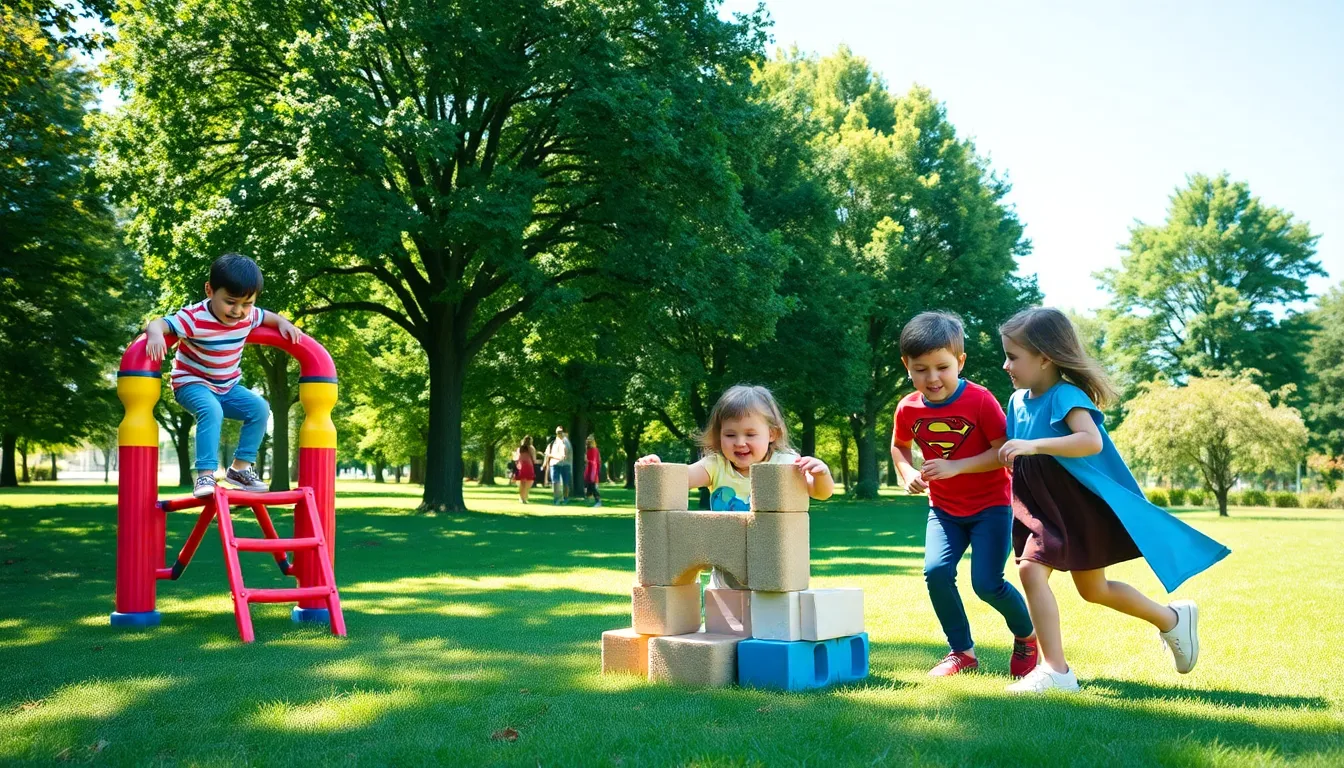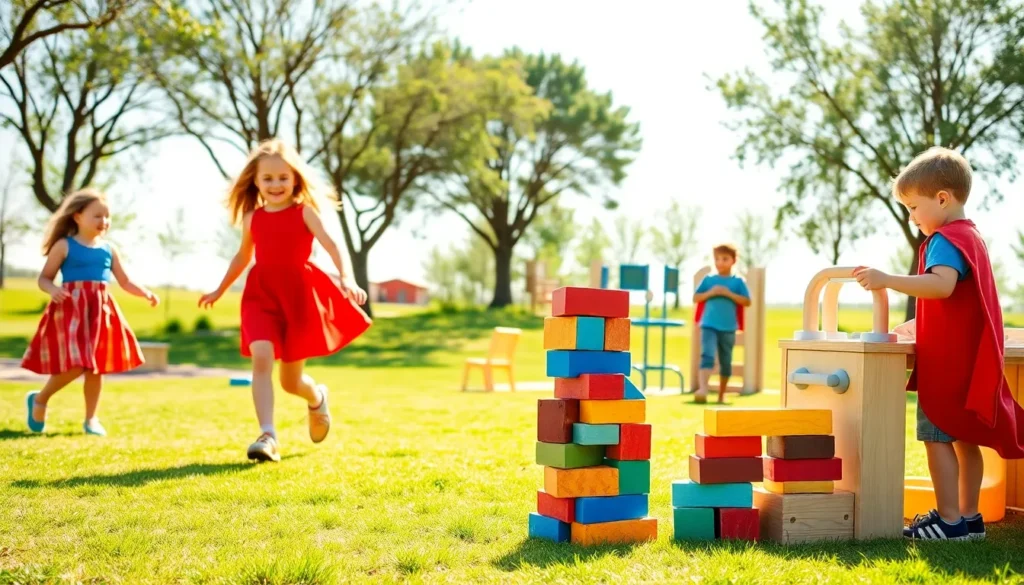When one thinks of childhood, a vibrant picture often emerges, laughter echoes, tiny feet scamper, and the air is thick with imagination. But beneath this playful façade lies a critical process for development known as early play. Why is it so significant? It’s the engaging method toddlers and preschoolers use to understand their world, express themselves, and even work through their emotions. How can something that seems so simple be so intricate? Let’s unravel the deliciously complex nature of early play and explore its vital role in shaping young minds.
Table of Contents
ToggleUnderstanding the Concept of Early Play

Early play refers to a child’s spontaneous, unstructured play activities typically seen in the early years of life, often occurring from birth to age five. During this period, play serves as a natural learning experience. Children engage with their environment and peers, allowing them to explore and understand the surroundings. This phase is not merely a break from formal education: it’s a fundamental aspect of child development. Through play, children develop critical skills like problem-solving and social interaction. They learn to negotiate roles with their friends and experiment with different scenarios, harnessing their creativity while experiencing the world around them.
The Importance of Play in Early Development
The significance of early play cannot be overstated. Studies consistently show that it lays the groundwork for many essential skills that will serve children throughout their lives. First, play fosters social skills. Whether sharing toys at a playgroup or collaborating on a make-believe adventure, children learn the importance of communication and cooperation. Also, it’s instrumental in cognitive development. Through play, children can think critically, solve problems, and develop motor skills. Engaging in different types of play, such as physical, imaginative, or constructive play, helps them hone various skills while also making learning enjoyable. That connection to enjoyment encourages a lifelong love for learning, a trait that can dramatically influence their academic journey.
Types of Early Play
There are various types of early play, each serving specific developmental functions:
- Physical Play: This involves movement-based activities, such as climbing or running. Physical play helps improve motor skills and strength.
- Imaginative or Dramatic Play: Here, children reenact roles and scenarios, often borrowing elements from their everyday experiences. This type encourages creativity and empathy.
- Constructive Play: Building with blocks or assembling puzzles falls under this category. It enhances spatial awareness and critical thinking.
- Games with Rules: Older preschoolers start engaging in games that have rules, learning about fairness and cooperation through structured play.
Each type of play is not just fun: they play a crucial role in different developmental domains, catering to emotional, social, and cognitive growth.
Cognitive and Emotional Benefits of Early Play
The cognitive benefits of early play are wide-ranging. Cognitive development during these formative years involves critical thinking and decision-making skills. For example, when children engage in problems through play, they learn how to think analytically about solutions. Imaginative play presents opportunities for them to explore various outcomes and learn from their experiences.
On the emotional side, play is immensely therapeutic for children. It provides a safe space for them to express feelings and navigate tricky social situations. Role-play scenarios often allow children to act out and process their fears or worries, such as a hospital visit or a parent’s absence. Hence, play becomes a tool for emotional regulation, aiding resilience as children learn to face real-world challenges.
Influence of Environment on Play
The environment plays a pivotal role in shaping how and when children play. A safe and rich environment encourages exploration and creativity. Whether it’s a well-stocked playroom or an outdoor space filled with natural elements, the surroundings impact a child’s ability to engage in various play types. For instance, access to open spaces allows for more physical play, while areas designed for imaginative play, like a play kitchen or puppet theater, can enhance dramatic play experiences. Besides, social interactions in these environments are crucial: children exposed to diverse contexts are more likely to develop social skills and emotional intelligence.
Guiding and Supporting Early Play
Supporting early play involves a delicate balance of guidance and freedom. Caregivers and educators can create structured play environments while also allowing children the autonomy to explore. Observing children during play can provide insights into their interests and developmental needs, enabling caregivers to tailor support effectively. For example, joining in a child’s play can offer new ideas and expand their imaginative scenarios while ensuring the child leads the play experience. It’s important to avoid overly directing play activities: instead, providing open-ended materials and spaces encourages creativity and exploration.








